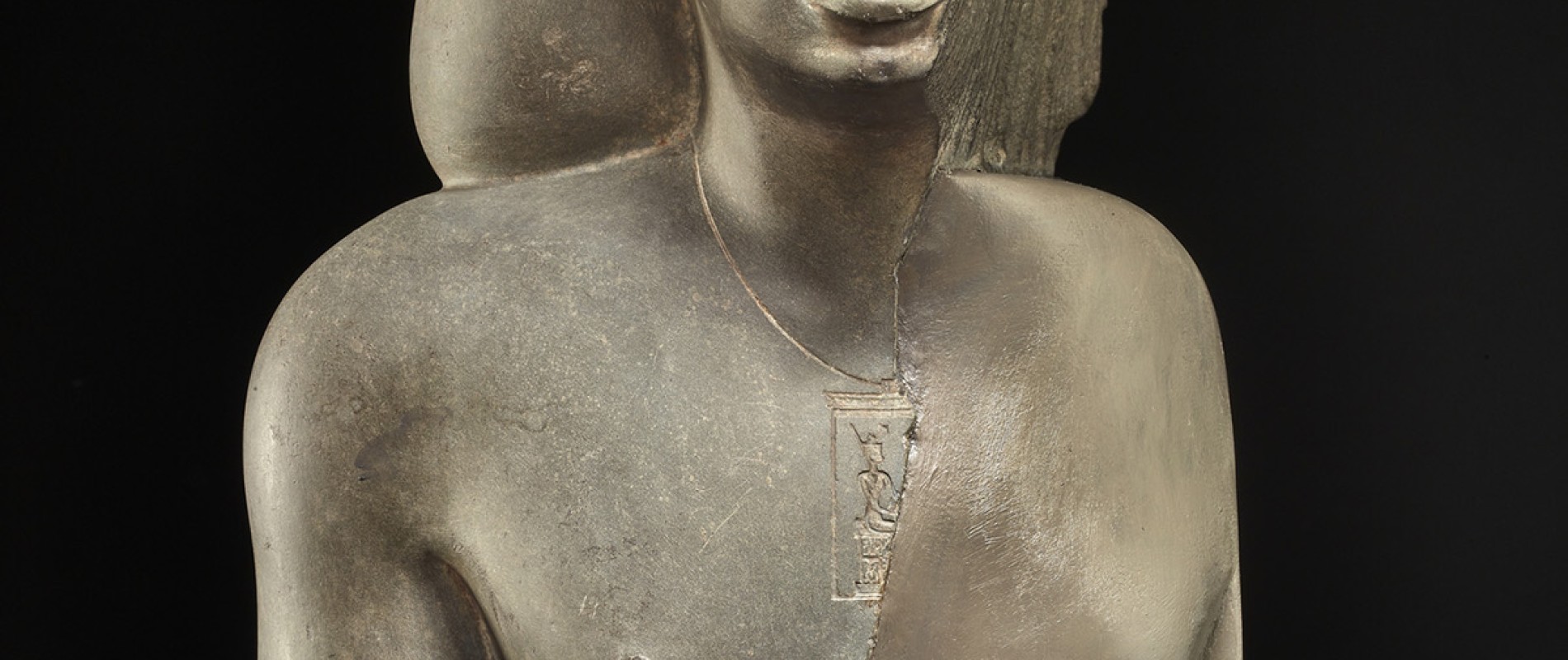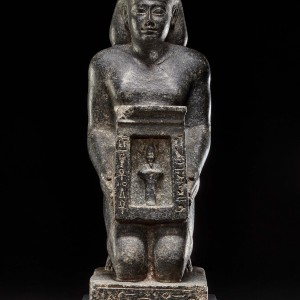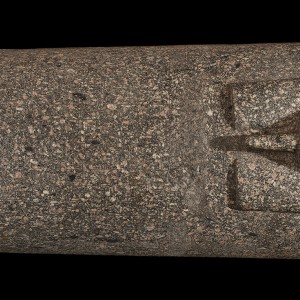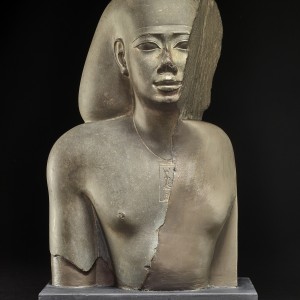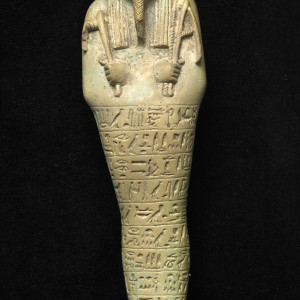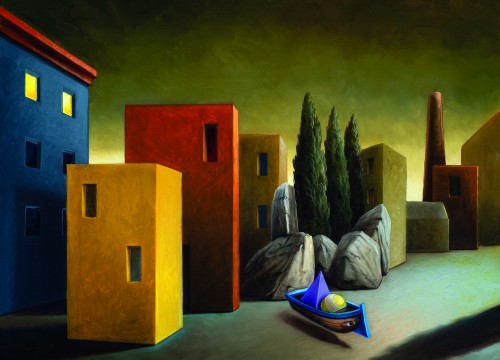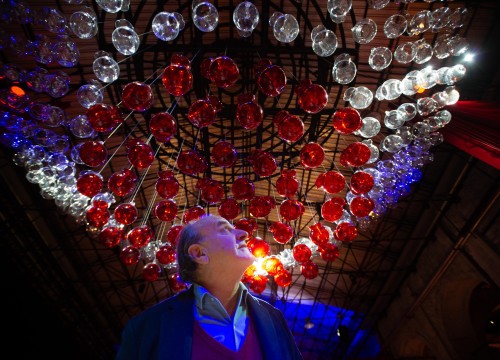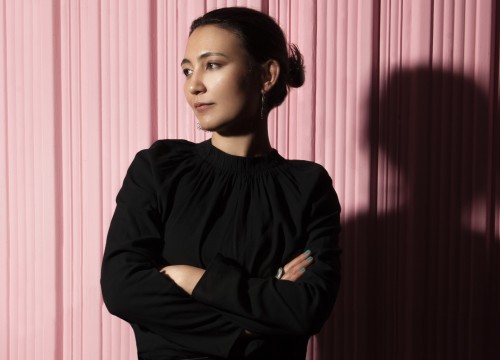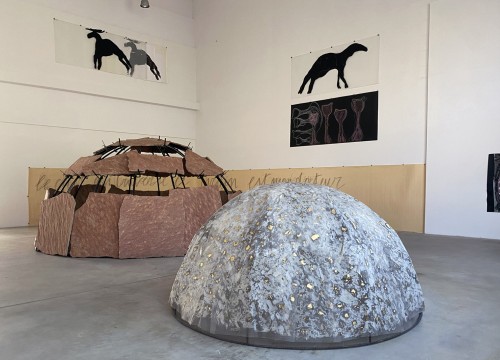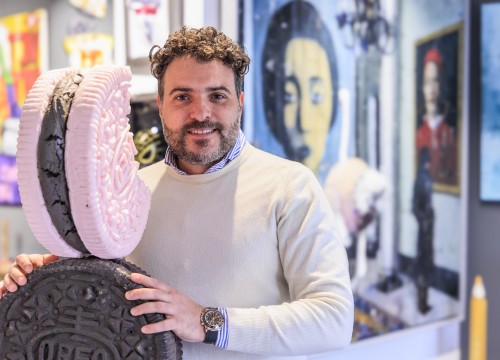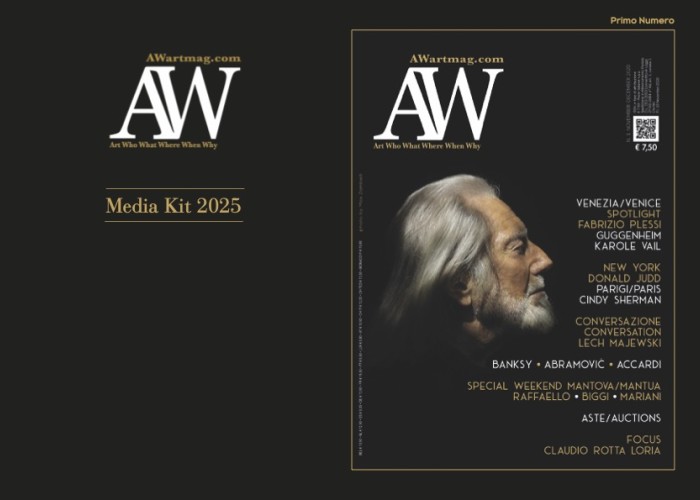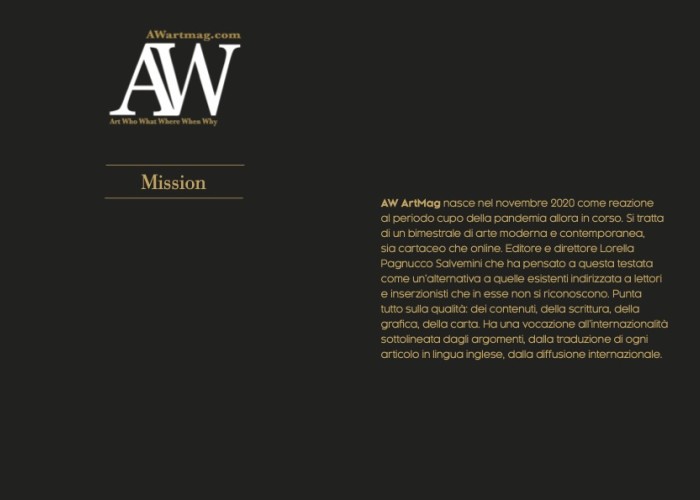Una singolare rassegna si focalizza sui volti all’epoca della XXVI dinastia Saite risalenti al 664-526 a.C.
Once again the J. Paul Getty Museum builds its activity on the transversal recovery of the message that art brings with it: this means understanding and processing the language of a past even very far from the contemporary in order to highlight its contingent and congenital relevance. On view until January 25th, 2027, in the halls of the Getty Villa and in collaboration with the British Museum in London, the exhibition on the sculpture of an Ancient Egypt more and more surprising: stone portraits from the shocking humanity, result of that intense cultural rebirth and artistic renewal underway during the XXVI dynasty (Saite dynasty, 664-526 BC).
THE EXHIBITION IN THE GETTY VILLA WAS ORGANIZED IN COLLABORATION WITH THE BRITISH MUSEUM IN LONDON
On the one hand, an institutional style devoted to the relationship between man and divine; on the other, attention to the individual himself and, consequently, for the whole society of a Kingdom that rises on the vestiges of a glorious past but that has much more to reflect on its own present. Little more than a century of cultural and intellectual upheavals are thus shown in the series of works presented: it is the century of the great civilizations of the Mediterranean, of the rise of the Etruscans and especially of Rome in central Italy, of a Greece in fervent expansion, of a Carthage now master of the waters; it is also the century of the Assyrian king Ashurbanipal and his famous palace in Nineveh.
LITTLE MORE THAN A CENTURY OF CULTURAL AND INTELLECTUAL UPHEAVALS ARE SHOWN IN THE SERIES OF WORKS ON VIEW
In the works on view, every influence flows into the other, generating a composite style that recovers to the same context the hieratic staticity of the ancient kingdom, the grandeur of the Middle Eastern masses and, above all, the extraordinary humanity of what will then be the Greek classical art, still fundamentally Doric at home but already moving towards a modern development of its style.
CARVED RELIEFS, STATUETTES AND SARCOPHAGI, FACES OF YOUNG PEOPLE, OF FAITHFUL, OF OFFICIALS RETURNING TO LIFE
The scope of the exhibition at the Getty Villa is therefore very clear: an exhibition on conceptual and didactic-stylistic globalization within Egyptian culture at the height of its aesthetic sensitivity, all played on the understanding and return of stylistic elements coming both from neighboring cultures and from their past. To this, the Egyptian masters assign a profound value of uniqueness, very little monumental if not to the extent of the grandeur of the idea, in a tight union of strength and presence. Men and women thus emerge from the stone in all their glory, carved reliefs, statuettes and sarcophagi, faces of young people, of the faithful, of officials who return to life not only as symbols but as human beings with their passions, with their thoughts, with the absolute certainty of being part of something greater.

